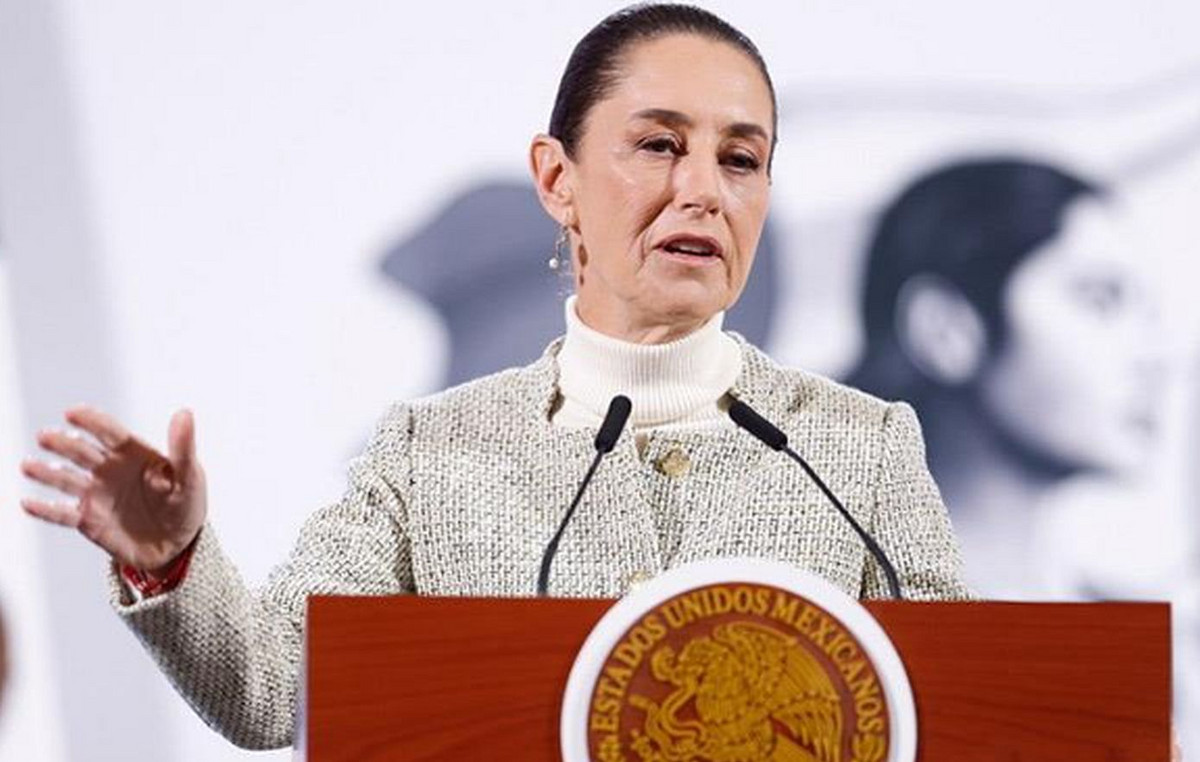- The AUD/USD remains confined below 0.6300, negotiating around 0.6260 on Tuesday.
- The pair has consolidated laterally for five consecutive sessions.
- The US tariff threats and mixed inflation data weigh on the Australian dollar.
- The expectations of an imminent cut of RBA rates increase market uncertainty and limit greater profits.
The Australian dollar (AUD) remains in a lateral consolidation movement for the fifth consecutive day, negotiating below the level of 0.6300 on Tuesday. The feeling of investors is cautious since the tariff threats of the United States (USA) about Chinese goods persist and Beijing retaliates, while market participants focus on the economic data of the fourth quarter of the US. and the next reports of the domestic consumer price index (CPI) that could influence the policy of the Australian Reserve Bank (RBA).
On Tuesday, the markets reacted to the testimony of the president of the Federal Reserve (Fed), Jerome Powell, before the US Congress, in which he adopted a cautious tone. Attention now focuses on the US inflation data on Wednesday.
What moves the market today: the Australian dollar under pressure in the midst of commercial uncertainty and global politics
- The American dollar index (DXY) returned to visit the 108.00 support despite the highest yields in the US and the cautious tone of the Fed president, Powell. With the next publication of the US inflation rate, together with the testimony of Fed officials such as Bostic and Waller, market participants anticipate more information about the Fed position.
- Recent commercial developments have been volatile. The imposition by Trump of a 25% tariff on the imports of Canada and Mexico, delayed for one month, provided temporary relief, but its 10% tariff on Chinese goods remains active.
- In retaliation, China has indicated that these tariffs will challenge in the World Trade Organization (WTO), which generates concerns about a lower demand for Australian resources exports.
- At the domestic sphere, the consumer price index (CPI) of the fourth quarter of Australia showed a general inflation of 2.5%year -on -year, below 2.8%, and a medium IPC cut in a minimum of three years of 3.2%.
- These softest inflation readings have strengthened the market expectations of a rate cut of 25 basic points by the RBA in February, although many believe that total flexibility could reach 85 basic points during the next year.
Aud/USD technical perspective: consolidation persists while technicians hint a cautious impulse
The Aud/USD torque remains in a range, currently negotiating around 0.6260 while the torque continues its lateral consolidation. Although the market has maintained support below the resistance of 0.6300, the technical indicators reflect a cautious perspective. The relative force index (RSI) is in 55, still positive but showing signs of decline, indicating that the bullish impulse is weakening.
At the same time, the histogram of the convergence/divergence indicator of mobile socks (MACD) prints growing green bars, hinting at a gradual accumulation of impulse. With the torque confined in a narrow range between approximately 0.6230 and 0.6300, the operators are waiting for decisive economic data of the US and Australia to trigger a clear directional movement.
RBA FAQS
The Bank of the Australian Reserve (RBA) sets interest rates and manages Australia’s monetary policy. The decisions are made by a advice of governors in 11 meetings per year and in the necessary emergency meetings that are necessary. The main mandate of the RBA is to maintain price stability, which means an inflation rate of 2%-3%, but also “… contribute to the stability of currency, full employment and economic prosperity and well-being of the Australian people “. Its main tool to achieve this is to raise or lower interest rates. Relatively high interest rates will strengthen the Australian dollar (AUD) and vice versa. Other RBA tools are the quantitative relaxation and hardening of monetary policy.
Although traditionally it has always been considered that inflation is a negative factor for currencies, since it reduces the value of money in general, the truth is that in modern times the opposite has happened with the relaxation of cross -border capital controls. Moderately high inflation now tends to take the central banks to raise their interest rates, which in turn has the effect of attracting more capital of world investors who are looking for a lucrative place to keep their money. This increases the demand for the local currency, which in the case of Australia is the Australian dollar.
Macroeconomic data calibrates the health of an economy and can have an impact on the value of its currency. Investors prefer to invest their capital in safe and growing economies than in precarious and contraction economies. A greater influx of capital increases aggregate demand and the value of the national currency. Classic indicators, such as GDP, Manufacturing and Services PMIs, employment and surveys about consumer feeling can influence the AUD. A strong economy can encourage the Bank of the Australian Reserve to raise interest rates, also supporting the Aud.
The quantitative easing (QE) is a tool used in extreme situations in which to lower interest rates is not enough to restore credit flow in the economy. The QE is the process by which the Bank of the Australian Reserve (RBA) prints Australian dollars (Aud) in order to buy assets -Normally State or business bonds- to financial institutions, thus providing them with the liquidity that they need so much . The one usually translates into a weaker audience.
The quantitative hardening (QT) is the reverse of the QE. It is carried out after the QE, when economic recovery is underway and inflation begins to increase. While in which the Bank of the Australian Reserve (RBA) buys state and business bonds from financial institutions to provide liquidity, in QT the RBA stops buying more active and stops reinvesting the main one who expires of the bonds you already have. It would be positive (or bullish) for the Australian dollar.
Source: Fx Street
I am Joshua Winder, a senior-level journalist and editor at World Stock Market. I specialize in covering news related to the stock market and economic trends. With more than 8 years of experience in this field, I have become an expert in financial reporting.







